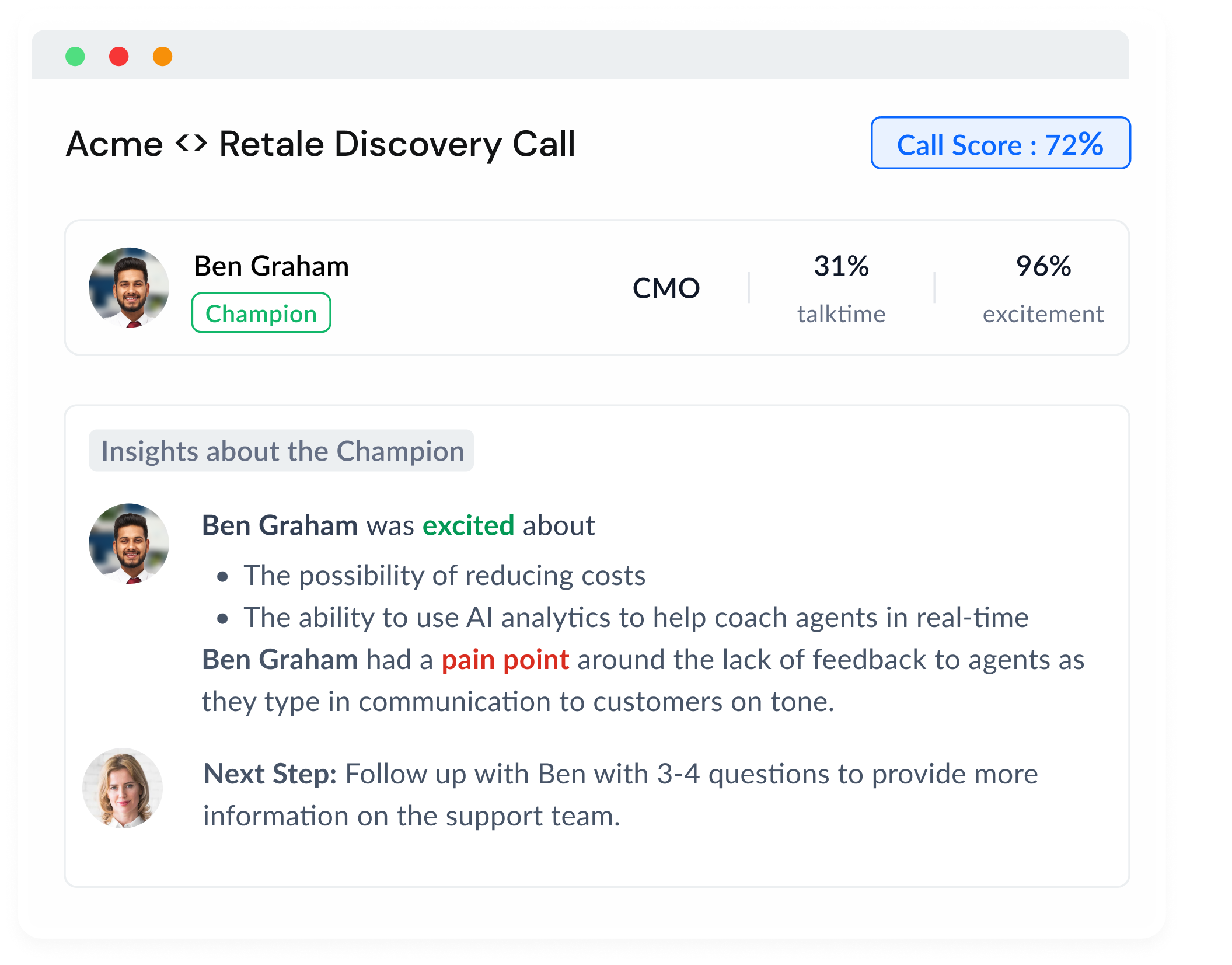Remember when people stuck to a brand like a post-it note to an office wall? Those were simpler times. The good ol' days when calculating the Customer Lifetime Value (CLV) was as straightforward as a kindergarten math problem. Today, not so much. Along came Brand Hopping, and the sales world was upended.
Let's rewind a bit. So, 'What is CLV?' Glad you asked! CLV is a prediction of the net profit attributable to the entire future relationship with a customer, precisely how lucrative that post-it is for the office wall. It was such a solid metric because customers behaved like creatures of habit. They'd find a brand, fall in love, and stick with it until Sansa finally claims the Iron Throne.
Brand Hopping: The New Kid on The Block
But then, as predictable as the 5th season finale of a television thriller, things changed. Enter the scene-stealer, Brand Hopping.
Brand Hopping is the modern consumer's love for trying out new brands and ditching old ones faster than you can say "customer retention." It's like they’ve all joined a gym in the New Year's Resolution high and sample different work-out regimes. One day it's weightlifting, tomorrow it's Zumba, and next week, who knows, interpretive dance!
According to research, a staggering 75% of consumers tried different brands during the pandemic. But can we blame them? The online marketplace has become the biggest buffet dinner. So why settle for roast chicken when you can sample sushi, tacos, or the exciting "mystery dish" from a fancy new start-up?
The reasons for this trend are as varied as the brands they hop between: economic impact, availability of options, emotional engagement, or just sheer curiosity – the 'why' isn't universal. What is universal though, is our need to redefine the aging, slightly confused metric, our dear friend CLV, in this brand-hopping era.
Redefining The CLV in the Era of Brand Hopping
So how do we measure loyalty and predict profit in a world where customers are as flighty as that gym enthusiast we mentioned earlier? New strategies and metrics for measuring CLV, people! That's how.
The idea here is to refine your CLV calculation to reflect this brand hopping lifestyle, becoming the sales chameleon if you will. Now measuring your CLV is more like a calculus problem involving multiple variables and derivations. Yes, we've officially graduated from kindergarten math.
In this new world order, you have to consider elements like customer's propensity for brand switching, factors prompting such behavior, and your capacity to re-attract and retain them.
Establishing a solid CRM system that keeps you updated on consumer behavior, interaction, and changing preferences can be a game-changer. You know what they say, "knowledge is power," and right now, you need all the power you can get!
Retention, The Old Flirting Game
To win in this era of brand hopping, you'll need more than a killer product; you'll need Jedi-level customer retention skills. Think of it like the old game of wooing your high school crush, except that your crush has a mild case of commitment-phobia.
Here's the thing: It's not just about keeping them around anymore, it's about giving them reasons to WANT to stay. The focus has shifted from simply providing what customers need to creating an attachment that even the flashiest new brand on the block can't sever.
Here's where the art of engagement enters the chat. How about sending a thank-you email after a purchase? Or better yet, create a customer loyalty program that keeps 'em coming back for more!
Or consider the approach of personalized marketing. Let's be real; everyone loves a bit of extra attention. With customers, it's about reminding them that they are more than just a ticket number. Engage them in meaningful ways tailored to their behavior and preferences. Let's say Customer A enjoys email newsletters while Customer B only responds to SMS deals; you'd cater to both individually to maximize retention, right?
Think about it. We all have that one friend who always picks the same toppings at the pizza parlor. Do you understand it? No. Do you order it anyway? Heck yes, because that's just what friends do. And that's how you need to treat your customers—like friends. The pizza-loving, brand-hopping, commitment-phobic friends.
Artificial Intelligence to the Rescue: The Sybill Way
Alright, time to face the music. Understanding and catering to brand-hopping customers sounds as fun as a root canal, doesn’t it? But fear not, gentlefolk, for technology is here to throw you a lifesaver in this turbulent sea of customer behavior. Enter stage: Sybill, the AI assistant that's got your back.
Sybill, just like that friend who always manages to remember everyone's pizza topping preferences, has a knack for meticulously recording and analyzing sales conversations. It not only tracks changes in customer preference but can even guide your reps to seal the deal.
Sybill goes a step further to summarize calls, create follow-up emails, and even auto-populate your CRM custom fields based on call and email data, essentially doing the hard work for you. Suddenly, tracking and enhancing CLV in the age of brand hopping feels less like going into an accounting exam unprepared!
Oh, what's that? Your sales rep needs coaching? Don't fret; Sybill doubles up as a coach, guiding your team to close more deals and effectively deal with the hopping bunnies we call customers.
Final Thoughts
So, we may live in a world where customer loyalty seems as mythical as a unicorn, but with the right tools and strategies, even this daunting challenge can become just another day at the office.
Revisiting and redefining CLV, replacing old measurements with more adaptive ones, mastering the art of customer retention, and incorporating great AI-driven platforms like Sybill into your strategy are not just suggestions - they're necessary upgrades.
Remember, Peter Pan could only fly because he believed he could. In this ever-changing market of rowdy brand hoppers and unpredictable customer behaviors, you need to believe that you can too. So, come on, folks, it's time to spread those wings and fly.















.png)





